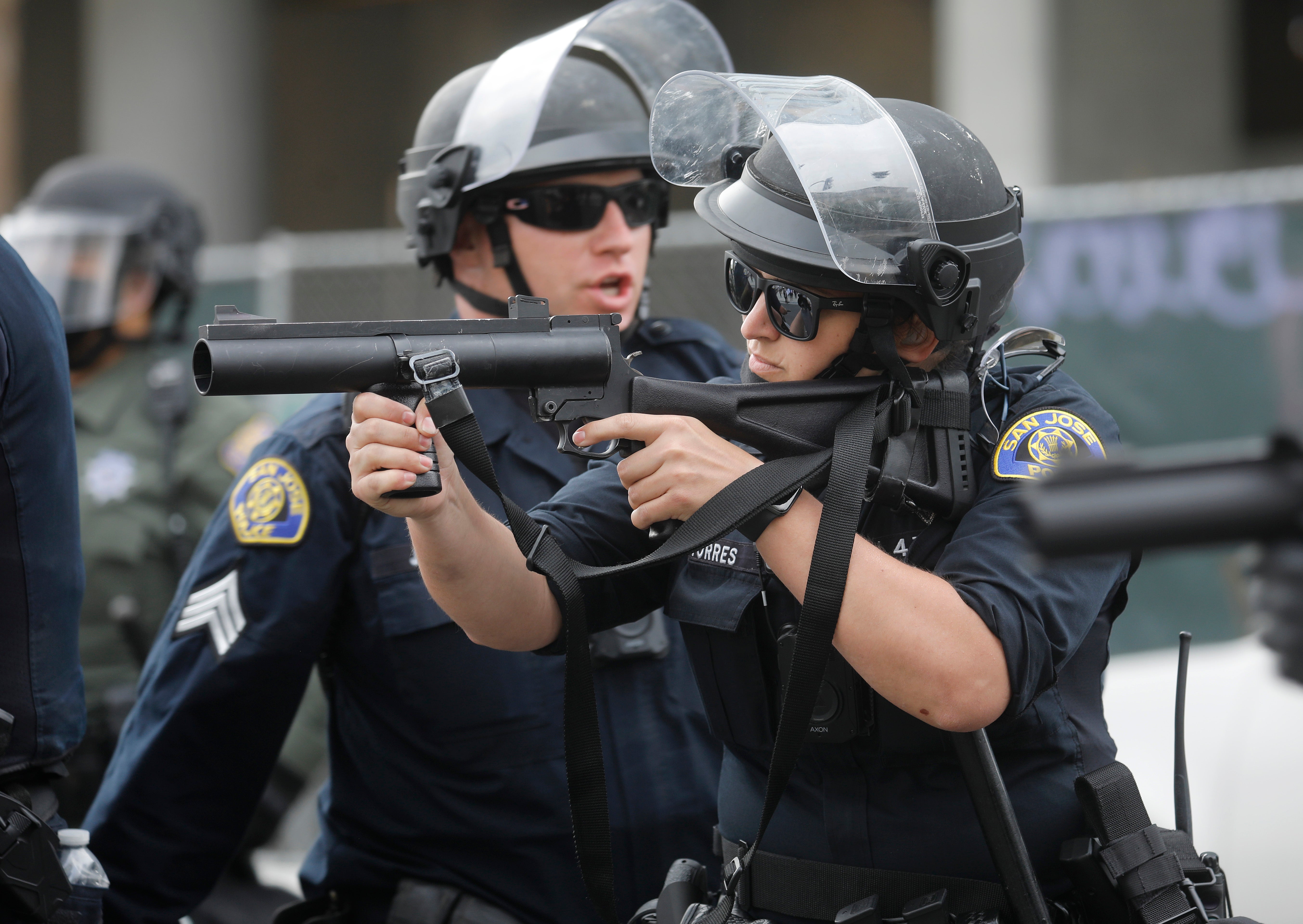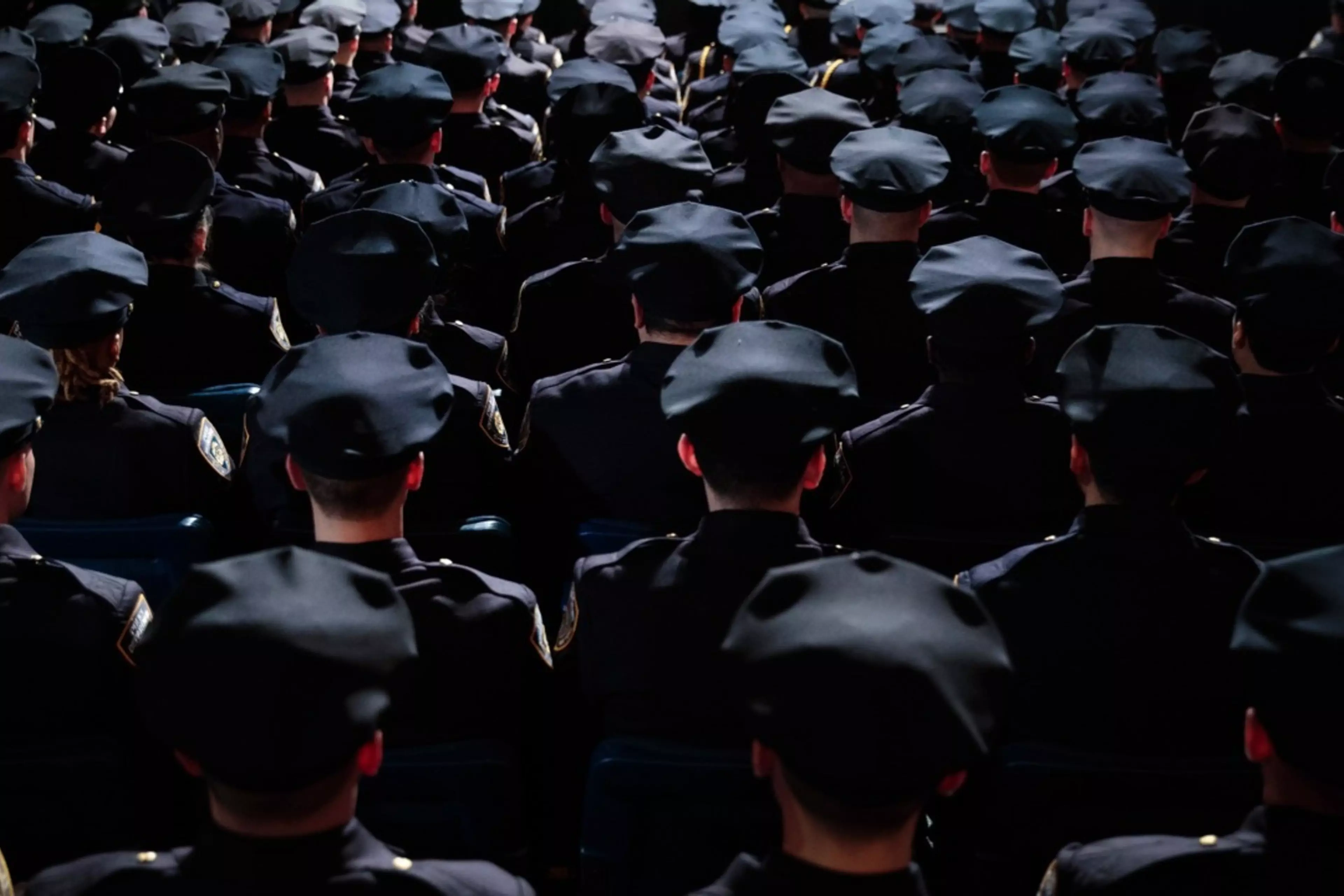

As is so often the case with police surveillance technologies, a device initially deployed for a less intrusive purpose (here, to report the sound and location of gunshots to police) is now being used for a far more intrusive purposes (to spy on people having conversations within the vicinity of their sensitive microphones). However, we now know that gunshot detection systems can also hear and record human voices¾and police have used these recordings as evidence in court. Police and companies that manufacture and sell acoustic gunshot detection systems have claimed that the point of this technology is to inform police of the location of shots fired, more quickly and accurately than relying on witnesses who overheard gun fire and who may call the police. They are usually mounted on street lights, or other elevated structures, though some mobile and fixed systems operate in both indoor and outdoor settings.

The equipment usually takes the form of sensitive microphones and sensors, some of which must always be listening for the sound of gunshots. "The number of gunshots has dropped significantly," he said.Acoustic gunshot detection is a system designed to detect, record, and locate the sound of gun fire and alert law enforcement. The decrease can be attributed to a combination of the gunshot-detection system and a widespread campaign to let residents know that they could get caught, said Chris Rasmussen, executive director of the Redwood City Police Activities League. On New Year's Eve 2002, the city recorded fewer than 10. Most are thought to have been "celebratory" shots fired into the air. The pistol had been stolen just 15 minutes earlier.Īnd in Redwood City, law enforcement officials recorded nearly 400 gunshots on New Year's Eve in 1998. It took the officers just three minutes to arrive at the location of the incident, according to police reports. For instance, in Charleston, police responded to a ShotSpotter alarm that went off two days after the network was installed and found two men firing shots from a stolen pistol. Other cities have seen more direct results. You never knew which one could have been the right call." "It gave us the ability to respond very, very quickly to shots fired. "It's an incredibly good system," he said. "You can use it like a force multiplier in high-crime neighborhoods where drug dealing is a problem." "You can see it as having a robotic policeman on the street," said Safety Dynamics chief scientist Ted Berger, who developed the company's sound-analysis system while at the University of Southern California's Viterbi School of Engineering. In the Chicago system, the units - which measure 2 feet by 3 feet by 3 feet - have large police stars on the side and blue lights on top that flash when the system is activated. Police departments also can decide whether they want to make them bulletproof, and whether they want to make them conspicuous so residents know the devices are in the area. The systems can cost tens of thousands of dollars to hundreds of thousands of dollars, depending on how many devices are being deployed.

Dispatchers can also listen to a recording of the sound on their computers to make sure it's not a false alarm, as might be caused by a firecracker or other explosion. If the police department has installed video cameras with the detection devices, either the device or a dispatcher can train the video camera in the direction that the gunfire came from.


 0 kommentar(er)
0 kommentar(er)
